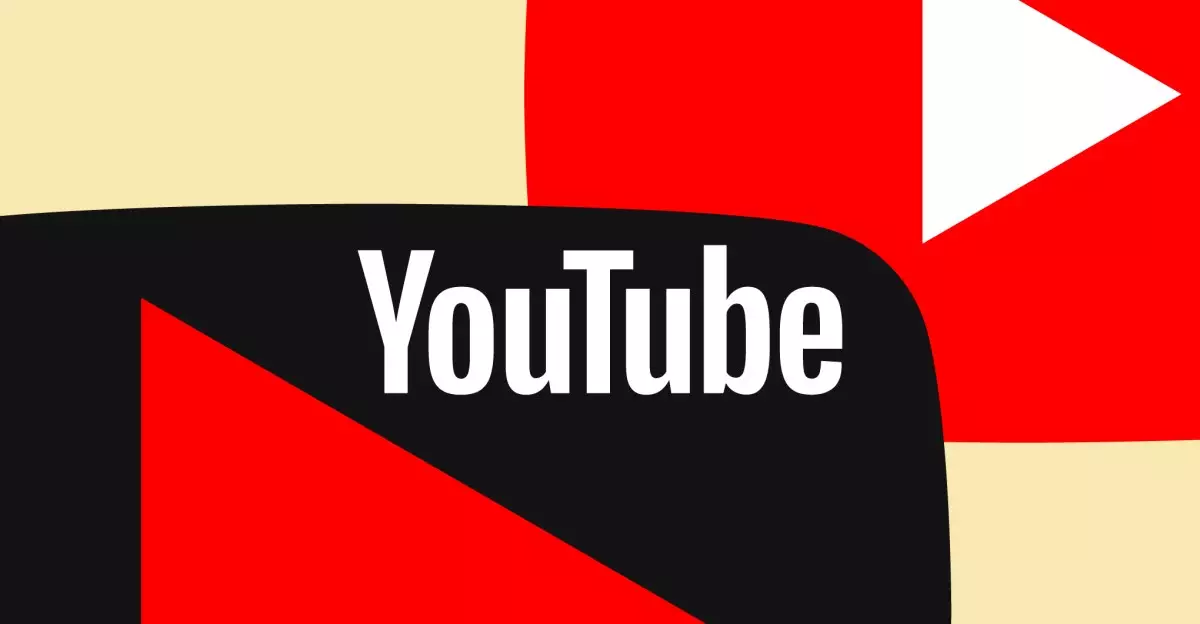In the ever-evolving landscape of streaming services, content licensing remains a crucial factor that can make or break a platform. Just recently, YouTube found itself in a precarious situation regarding its partnerships with Paramount, which includes popular channels such as CBS, CBS Sports, and Nickelodeon. Following a blog post that raised concerns about potentially losing access to this significant content, the streaming giant swiftly reversed course, announcing a deal that would enable it to retain these crucial offerings. This incident underscores the volatility in streaming rights and how swiftly subscribers’ perceptions can shift based on behind-the-scenes negotiations.
One of the standout elements of this situation was YouTube’s agile communication strategy. Initially, a blog post warned subscribers that they might experience a loss of access to Paramount’s rich library. Following the public outcry, particularly on social media platforms like X (formerly Twitter), the company took decisive action. The rapid update not only announced the continuance of Paramount’s channels but also highlighted the company’s promise to address subscriber concerns directly. This demonstrates a corporate sensitivity to customer feedback that is essential in maintaining consumer trust in the increasingly competitive streaming arena.
While YouTube’s announcement brings relief to subscribers, it raises questions about the impact of this new deal on pricing. Historically, when streaming services negotiate new contracts or extend existing ones, financial implications for consumers often follow. The TeamYouTube account responded to inquiries regarding potential price increases by confirming that they would communicate any changes in advance. This proactive stance is vital, as consumer trust can dwindle quickly in the face of unexpected price hikes. In December, YouTube TV already increased its subscription rate by $10 to $82.99 per month, a move that did not please all subscribers. Thus, there is apprehension about what upcoming negotiations may entail.
Negotiating content rights such as those with Paramount is not just a matter of retaining channels; it also comes with financial implications that can affect the entire service’s sustainability. For YouTube, maintaining these partnerships is a double-edged sword. On one hand, retaining popular channels is crucial for drawing in subscribers, but on the other, the financial costs of these deals can strain profitability or necessitate higher subscription rates. Therefore, while subscribers can breathe a sigh of relief knowing their favorite channels will still be available, they must also be prepared for the possibility of higher fees, particularly in an inflationary economic climate.
As streaming wars continue to intensify, the delicate balance between maintaining content and managing subscriber costs will dictate the future path of platforms like YouTube. For subscribers, this latest deal represents both a triumph for access to beloved channels and a cause for cautious optimism. Updates and prices will undoubtedly play a significant role in user satisfaction moving forward. Therefore, as YouTube navigates these waters, consumers will need to remain vigilant about any changes that could influence their viewing experiences—and ultimately, their wallets.


Leave a Reply